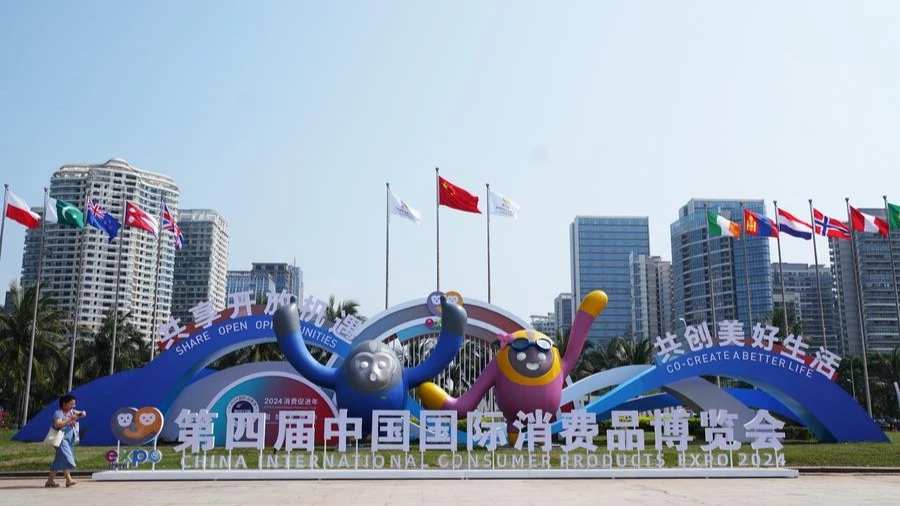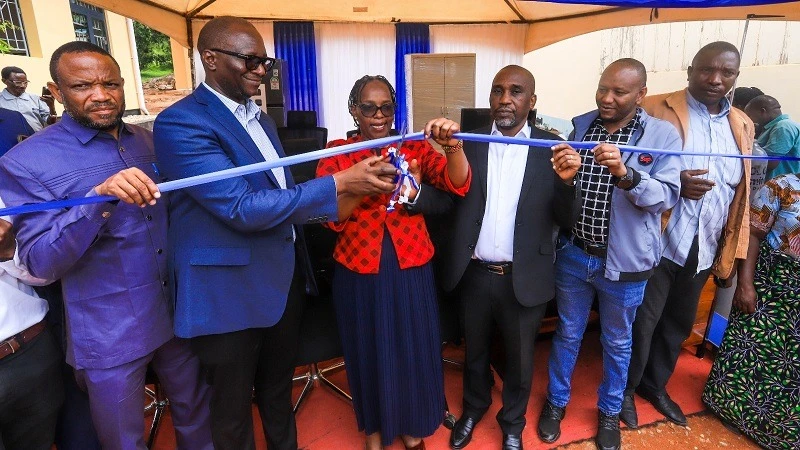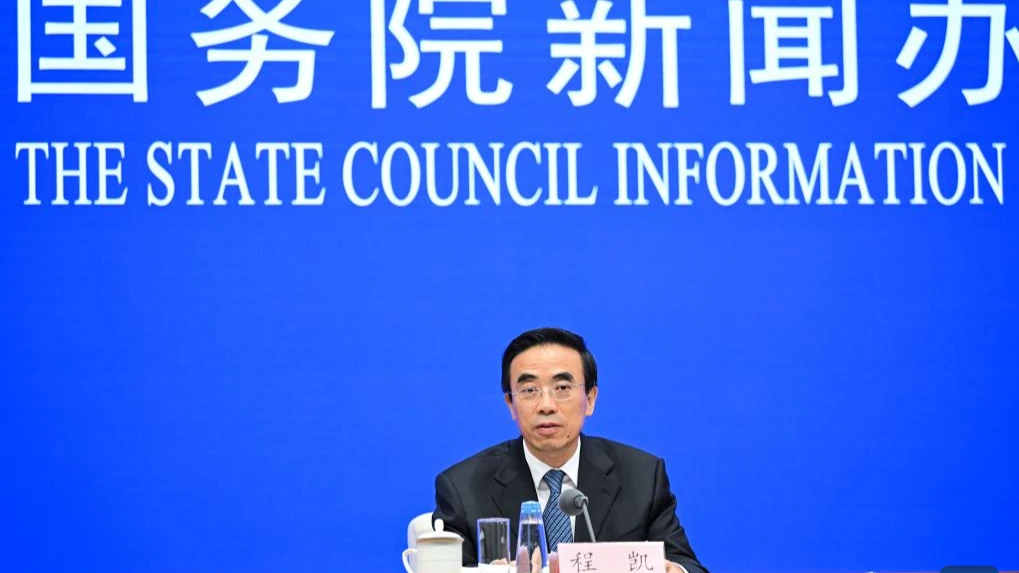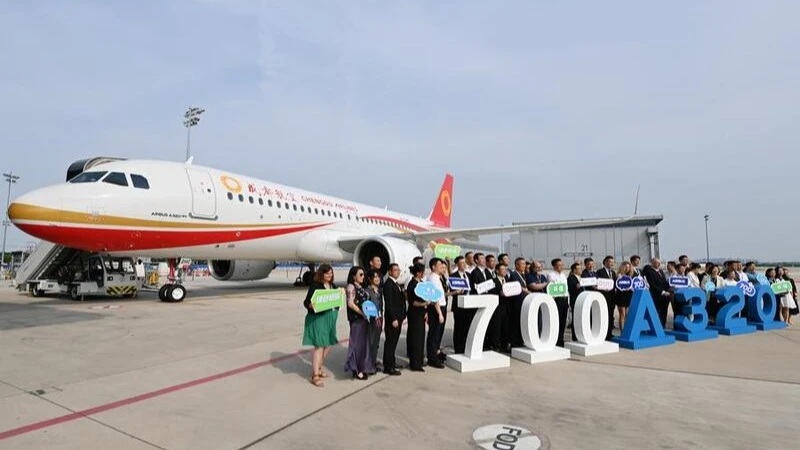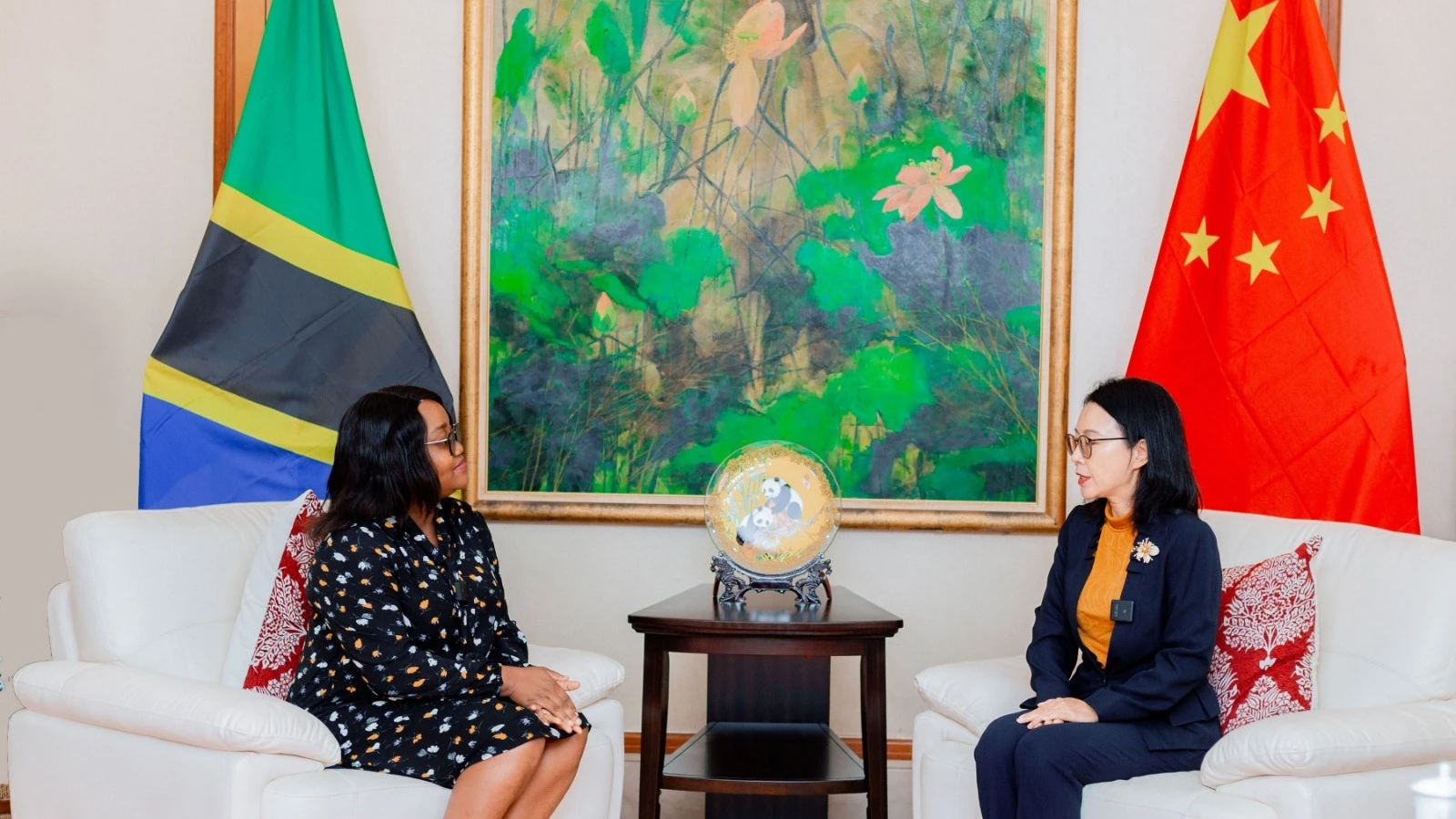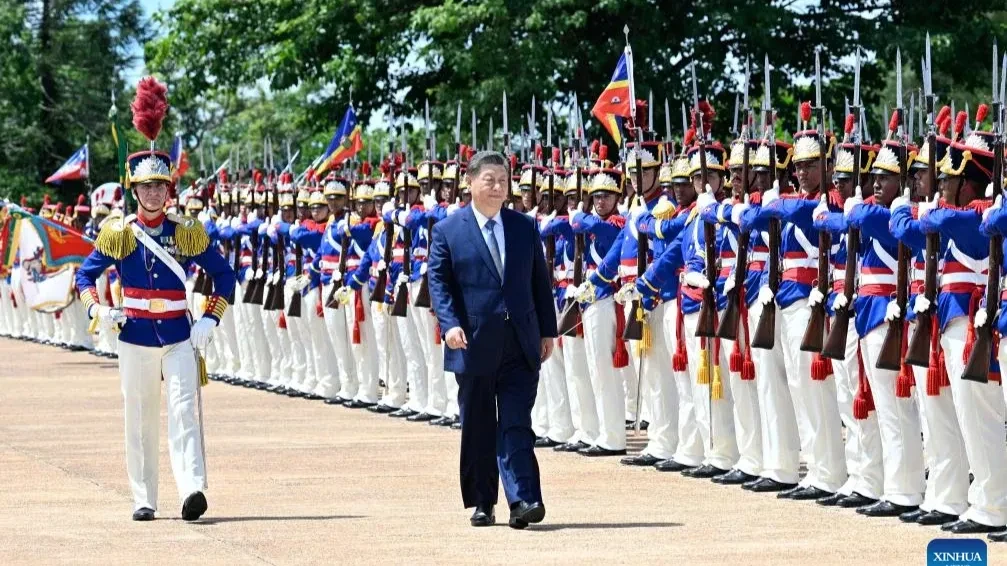EAC partners downplay common external tariffs
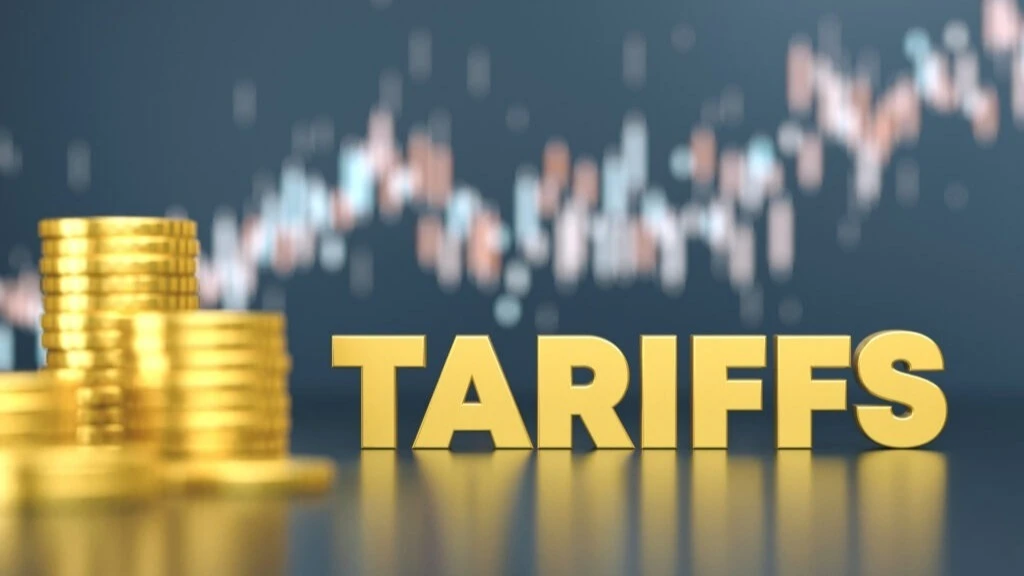
RISING need for foreign exchange earnings and greater use of national markets to attract investments are starting to override the common external tariff linking East African Community partner states for nearly 20 years, regional business groups say.
Adrian Njau, the East African Business Council (EABC) acting executive director, says that the benchmark EAC identification is now highly challenged, with national interests taking an upper hand.
This state of affairs was among issues discussed during the post budget webinar on the implication of 2025/2026 EAC tax measures on regional trade and investments organized by the regional business grouping.
Addressing challenges to the regional tariff set up and comprehensive elimination of non-tariff barriers in the region would unlock $63.4bn in regional trade mark up on the basis of EABC estimates, boosting intra-EAC trade by up to 54 percent, he said.
Inconsistent implementation of the EAC common external tariff (CET)o is seen in a range of manifested through the application of ‘stay of application’ measures in the various budgets, along with country-specific duty remission, which EABC says is a major barrier to intra-EAC trade growth.
Stays of applications and specific duty remissions undermine the customs union arrangement by disrupting uniform application of import duties that are supposed to be charged consistently across the EAC zone, he lamented.
As a result, these measures hamper the creation of a level playing field, encourage imports from outside the region, deter investment, undermine regional value addition and consequently hinder intra-EAC trade, he explained.
During fiscal 2023/24 and 2024/25, stay of application was used for over 30 percent of total EAC tariff lines, while country-specific duty remission covered over 10 percent.
Over 70 percent of the ‘stays’ apply to products under the 25 percent and 35 percent CET tariff bands, primarily in the manufacturing and agro-processing sectors/
These areas are prioritized for diversification and industrial growth prospects, mainly including textiles, iron and steel, plastics, paper and leather goods.
EAC Legal Notice headed EAC/171/2025 of 30th June 2025 and finance bills adopted in respective countries show that more than 2,464 tariff lines, accounting for 41.3 percent, have been adjusted via stays or remissions.
Slow growth of intra-EAC trade raises basic questions on attaining the 40 percent intra-EAC trade target by 2030, as the low share of intra-EAC trade and fast-growing external trade arise from insufficient exploitation of regional trade opportunities.
The persistent non-tariff barriers, poor regional industrial value chains or diversification plus inconsistent application of regional trade instruments such as the CET typify the situation, he stated.
Each year, the EAC conducts a pre-budget consultative process where partner states' finance ministers and the EAC secretariat review tax and customs proposals, while this year the zone was split in half over budget proposal presentations.
Kenya, Rwanda, Tanzania and Uganda finished their fiscal plans (budgets) on time while Burundi, DR Congo, Somalia and South-Sudan were yet to come up with respective financial bills, he stated.
“The stagnation in intra-EAC trade is further aggravated by the fact that final products benefiting from a country's specific duty remission that are not of EAC origin are subject to the full CET when traded within the region,” he specified.
Top Headlines
© 2025 IPPMEDIA.COM. ALL RIGHTS RESERVED





